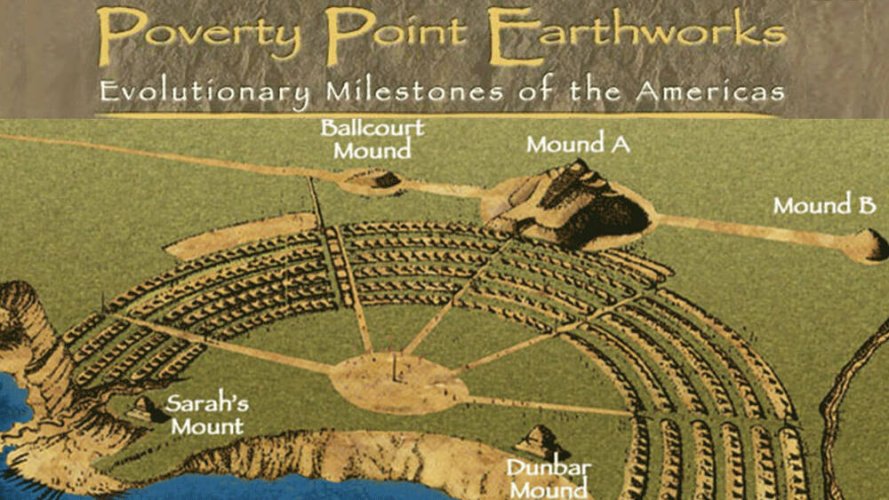Is it more like Gobleki Tepi, a Neolithic Stone Age religious-like structure found by German archeologists in the late 20th century that carbon-dating analysis discovered was about 3-4,000 years older then Stonehenge in eastern Turkey (then called Asia Minor). Goblecki Tepe has been theorized to have been a late Neolithic religious site, communal meeting place or “proto-city” all in one. If late Neolithic agrarian farmers could somehow construct a crude, evolving religious Stonehenge-like structure in eastern Turkey, why couldn’t they do something similar here in Neolithic North America.
After the last Ice Age ended about 10,000 years ago, slowly but gradually many former hunter-gatherer societies began adapting to a more sedentary, small-scaled agrarian based communities which eventually led to the first “proto-cities”—sort of a small-or-medium sized meeting places where early agrarian farmers and remaining hunter-gatherers would meet up and have meetings, trade, or engage in religious ceremonies, usually totemism styled religions or nature-based religions or cults. “Proto-cities” were the first attempt at making actual cities that would be finally be realized or achieved in the very long and drawn-out Bronze Ages where large, metropolitan cities like Babylon, Ur, Ninevah and even Salem (ancient Jebusite-controlled Jerusalem) were sort of new concepts.
One of this planet’s oldest cities, Jericho, IMHO, likely began as something resembling a “proto-city”.

